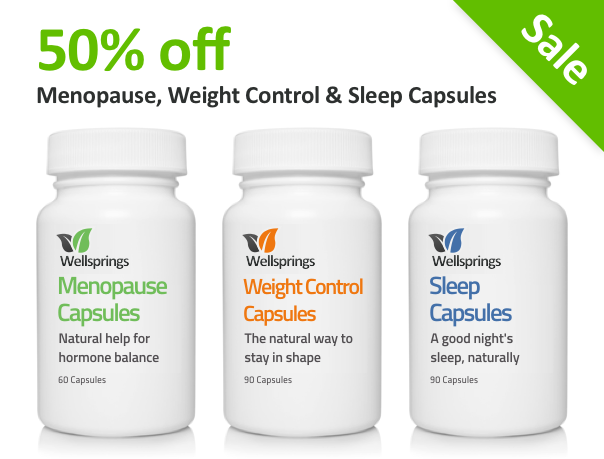How Healthy Is Your Heart?
29 September is World Heart Day so how are you taking care of this vital organ? Women are 3 times more likely to die from heart disease than breast cancer and the risk increases at menopause.
Cardiovascular disease (CVD), including heart disease and stroke, is the world’s number one killer. Each year, it is responsible for 17.3 million premature deaths, and by 2030 this is expected to rise to 23 million.
World Heart Day unites people from all countries and backgrounds in the fight against CVD and inspires and drives international action to encourage heart-healthy living across the world.Over 120 countries are joining together to encourage individuals, families, communities and governments to take action to reduce the risk of heart disease and stroke.
Women and heart disease
Everyone has the right to make positive healthy heart choices wherever they live, work and play. Yet too often society ‘blames’ the individual: you smoke, you eat and drink too much, you don’t exercise. But making healthy choices depends on having the right information. Women often dismiss heart disease as being something that won’t happen to them – but they are very wrong. Do you know what the main risk factors are?
The 4 Risk Factors
Researchers in Australia looked at a woman’s likelihood of developing heart disease across her lifetime for each of the known top four risk factors and they also apply worldwide:
1. excess weight (high BMI)
2. smoking
3. high blood pressure
4. physical inactivity.
You may have one, or more, of these and the good news is that all of them can be tackled by the individual as there is a lot that can be done to minimise the risk. In addition to these factors however is the worldwide use of HRT which is now being recognised as a risk for heart disease, particularly if used long-term.
It is the high dosage of oestrogen, as well as the synthetic progestins they contain that are linked to heart disease. This leads to unopposed oestrogen and no balancing progesterone and this is why new guidelines recommend no more than 5 years of continuous use.
How to reduce your risk
The researchers estimated that just 150 minutes of at least moderate intensity physical activity could save the lives of more than 2000 middle aged and older women each year in Australia alone.
It is always best to choose some form of activity that you enjoy and will keep up with so if you hate the gym but love swimming, dancing, walking 0 or anything else – then work that into your weekly regime as often as you can. If time is an issue then there are many DVD exercise programmes that are based on dance or more fun routines and that you can do at home that will tackle both inactivity, and help lose weight.
Weight gain impacts on blood pressure, so taking positive action to reduce that will help. Oestrogen dominance again is linked to this, particularly around the middle, so finding a diet you enjoy and will stick with is the first step.
Hormone balance is essential at any age and redressing oestrogen dominance with progesterone – which supports heart health – is definitely a way to help reduce the risk. If you want to make the switch to bioidentical hormones remember that women on HRT should never come off it immediately. Severe menopausal symptoms can result and generally if their use has been long term they are best on bioidentical progesterone only as they cut down and then may need to switch to a combination progesterone and low oestrogen cream if they still have a need for a low dose of oestrogen.

















